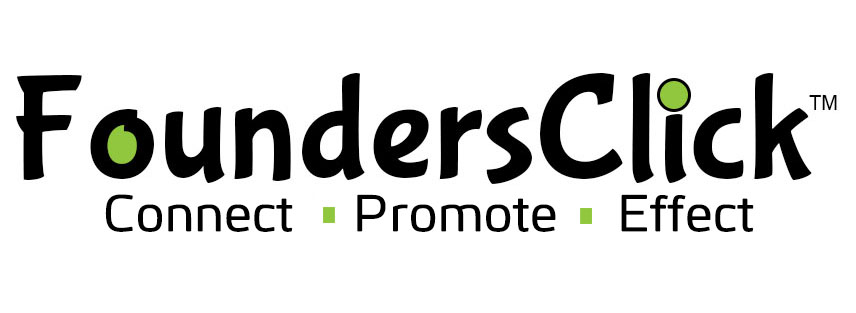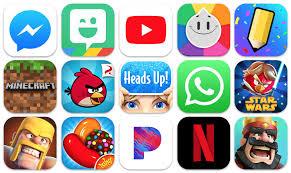Developing a gaming app involves a mix of creativity, programming, and design. Here’s a high-level overview of the process:
Step-by-Step Guide to Gaming App Development
1. Concept & Planning
-
Decide the genre (e.g., puzzle, action, RPG, strategy).
-
Define core gameplay mechanics.
-
Sketch out levels, progression, and monetization model (ads, in-app purchases, premium).
-
Choose your target platform: Android, iOS, or cross-platform.
2. Tools & Technologies
-
Game engines:
-
Unity (C#) – Best for 2D & 3D games.
-
Unreal Engine (C++) – High-end 3D games.
-
Godot (GDScript) – Open source and lightweight.
-
-
Mobile Development Frameworks:
-
Flutter + Flame (Dart) – Lightweight 2D games.
-
React Native + Cocos2d – For casual or simpler games.
-
3. Design & Assets
-
Game Art: Sprites, textures, animations.
-
Sound Design: Background music, sound effects.
-
Tools: Blender, Photoshop, Audacity, Figma for UI/UX.
4. Development
-
Build the game loop (input → update → render).
-
Implement physics, scoring, AI, etc.
-
Use version control (like Git).
5. Testing
-
Functional, performance, and device compatibility testing.
-
Use emulators and real devices.
6. Launch
-
Publish to Google Play Store, Apple App Store (requires developer accounts).
-
Create a compelling store listing (title, screenshots, description, trailer).
7. Post-Launch
-
Collect feedback, fix bugs, release updates.
-
Market your game through social media, ads, influencers, etc.

 SkillClick
SkillClick
